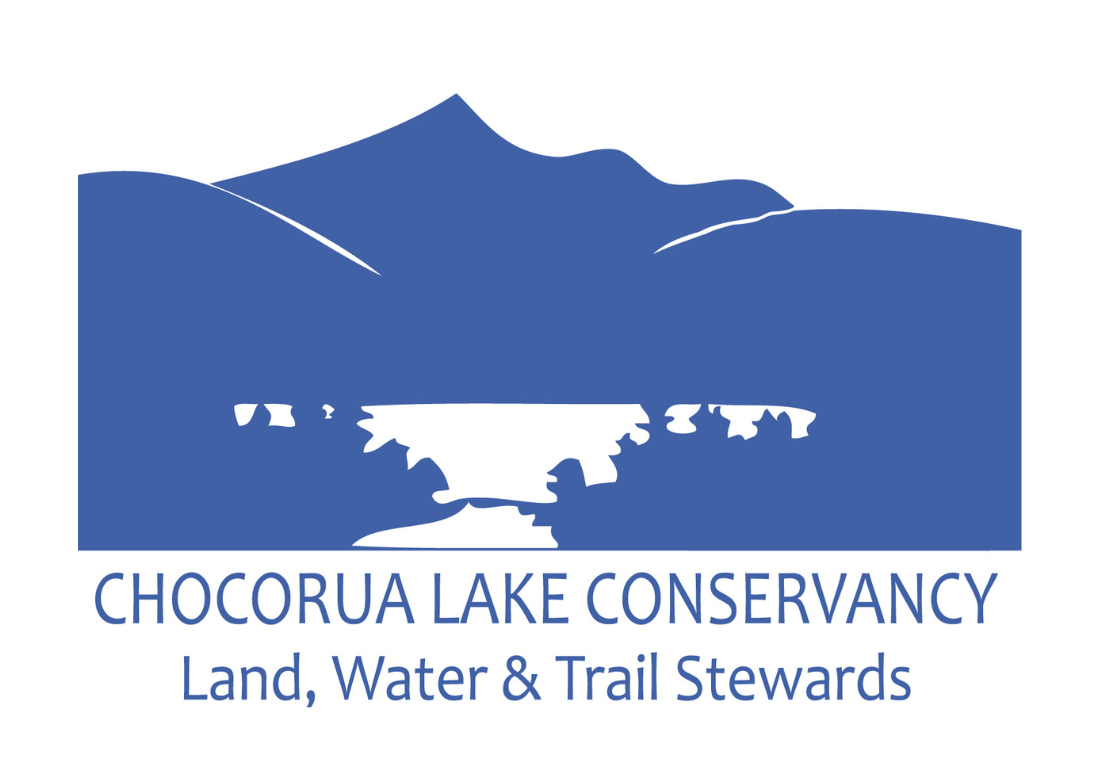How Did the Trails Up Mount Chocorua Come to Be?
History of the Hiking Trails on Mount Chocorua
The Hammond Trail is perhaps the oldest trail on the mountain. It is said Native Americans used this trail prior to the coming of white settlers. The trail takes its name from the Hammond Farm situated at the base of the trail.
The Liberty Trail (formerly the Chocorua Mountain Road) is an old bridle path that Jim (Dutch) Liberty improved in 1887 and incorporated with the state of New Hampshire in 1889. The Liberty Trail was the shortest and most popular road to the summit of Mount Chocorua and to the original Peak House, which was two tents surrounded by a stone wall. At the Halfway House, a former logging camp, pedestrians had to pay a toll of $.25 each (about $30 by today’s standards). Some evidence of the Halfway House may still be found.
In 1892, David Knowles and Newell Forrest bought the rights to the Liberty Trail and Halfway House from Jim Liberty. They replaced the original Peak House with a new three-story Chocorua Peak House which served as a hotel, obtained a new charter from the state, and spent $400 to improve the route. The Peak House offered food and lodging to all who climbed to the summit for its fabulous view.
Although the Peak House was anchored to the ledges with chains and had withstood storms of great strength, on an autumn night in 1915 gales tore the building from its moorings and scattered it over the mountainside. The Peak House was never rebuilt. The views from the Peak House explain why it was so popular and why people were willing to pay $13.00 per week for lodging ($1,300 at today’s dollar value).
In 1924, the Chocorua Mountain Club constructed a cabin on the Peak House site. That cabin lasted until 1932 when winds blew the roof off. The Forest Service replaced it in 1934 with the Jim Liberty Cabin, an enclosed cabin with six bunk beds and large chains to hold the roof in place.
The Brook Trail was cut by local residents to enable them to reach the blueberries on the upper ledges of Mount Chocorua without paying the toll along the Liberty Trail.
The Piper Trail was first blazed by Joshua Piper in the 1860s. It started from the gateway opposite Wing's Tavern (also known as the Piper House).
The Champney Falls Trail is named for Benjamin Champney, pioneer White Mountain Artist (1817-1907). This trail was originally built by Prof. J.S. Pray and re-cleared by the Chocorua Mountain Club. In 1915, the part of trail above Champney Falls was destroyed by fire and the ground rendered so treacherous that a relocation was necessary. This relocation was completed in the summer of 1919.
The Bolles Trail was a road that ran between Tamworth and the Albany Intervale, through the valley between Chocorua and Mt. Paugus. Tradition says that the first white person who ever passed through these mountains was Mother Head, who upon learning of sickness and distress in the Intervale, put on her Native American snowshoes and all alone made her way through the forest to offer her help. The road was destroyed by a hurricane and later re-blazed as a trail by Frank Bolles. Since the hurricane, the Bolles Trail is sometimes referred to as the Lost Trail.
The Bee Line Trail is an old logging road that the locals continued to use as a means to get from the Bolles Trail to the summit after the loggers left the area.
How many of these trails have you hiked?
Image: Chocorua Peak House (early 1900s)

